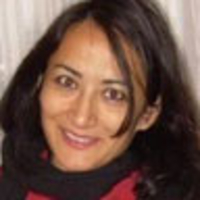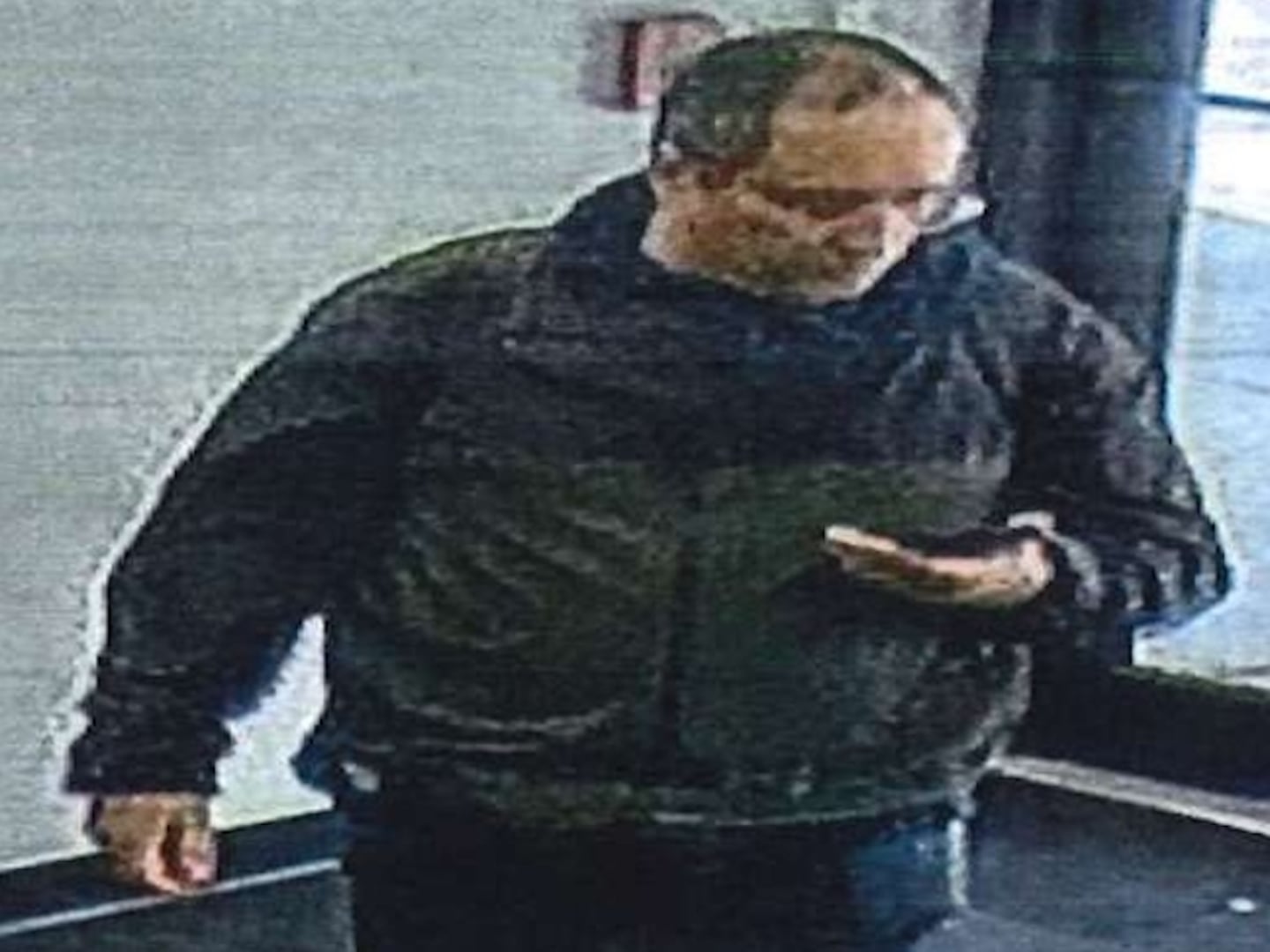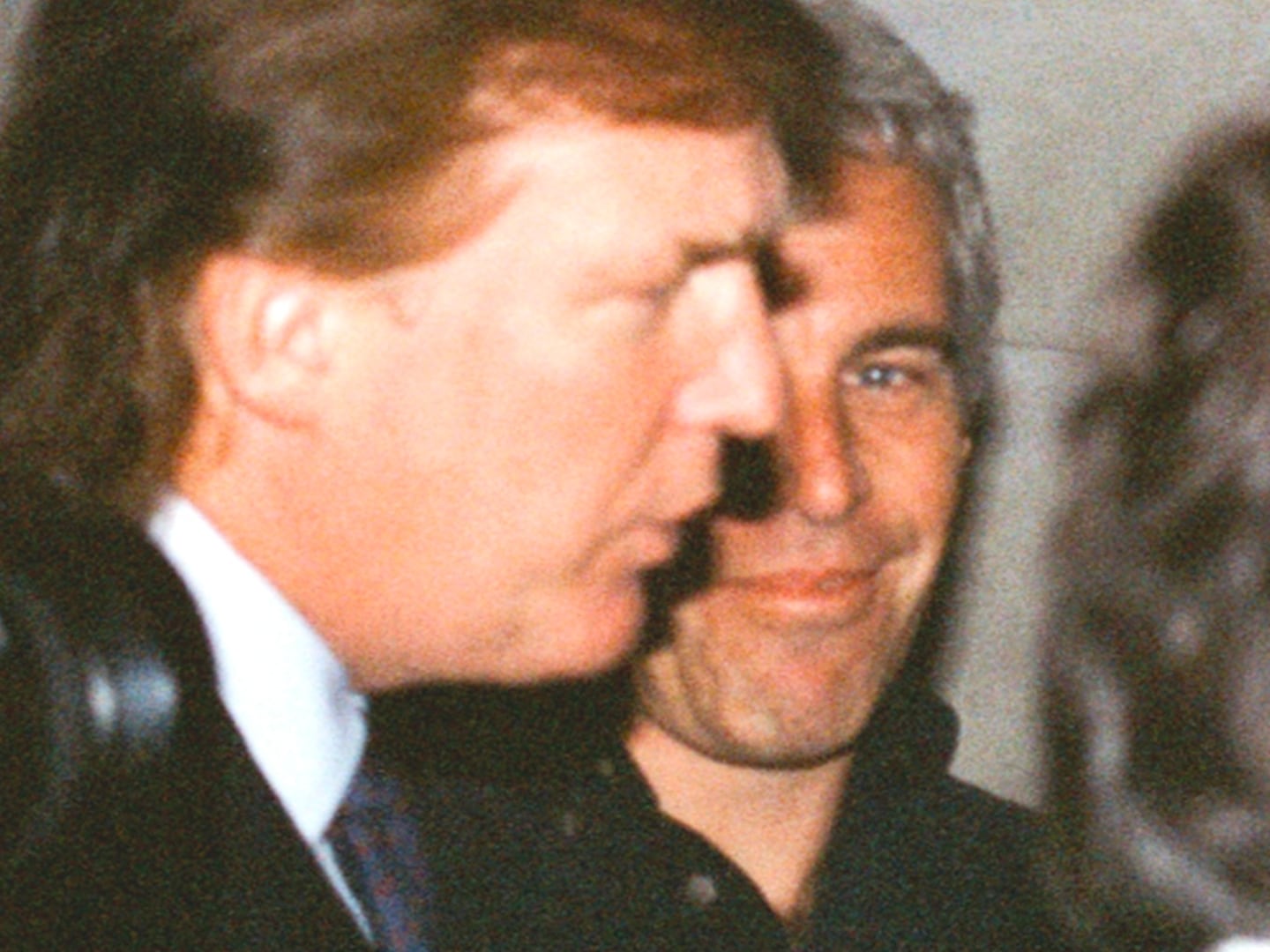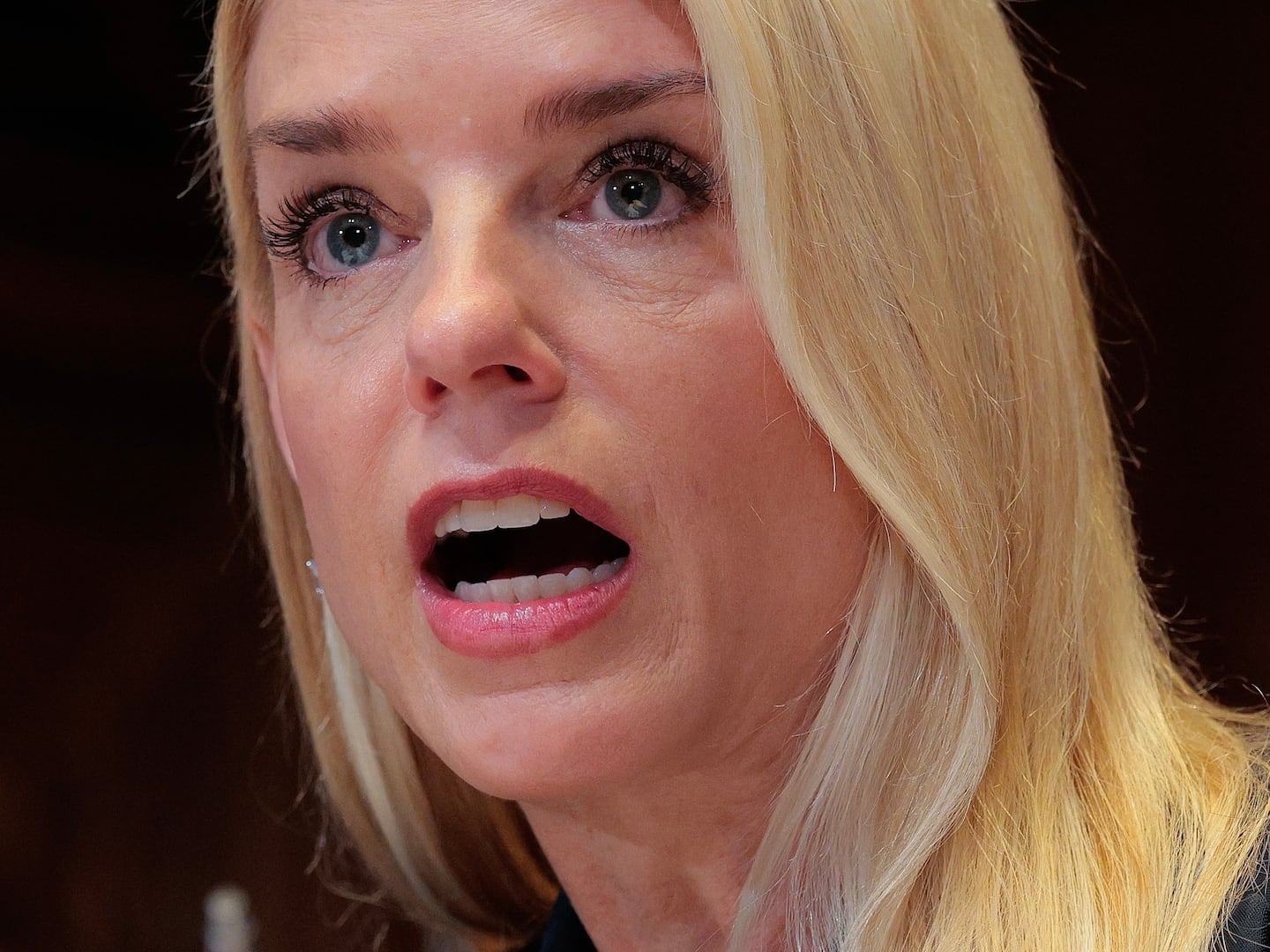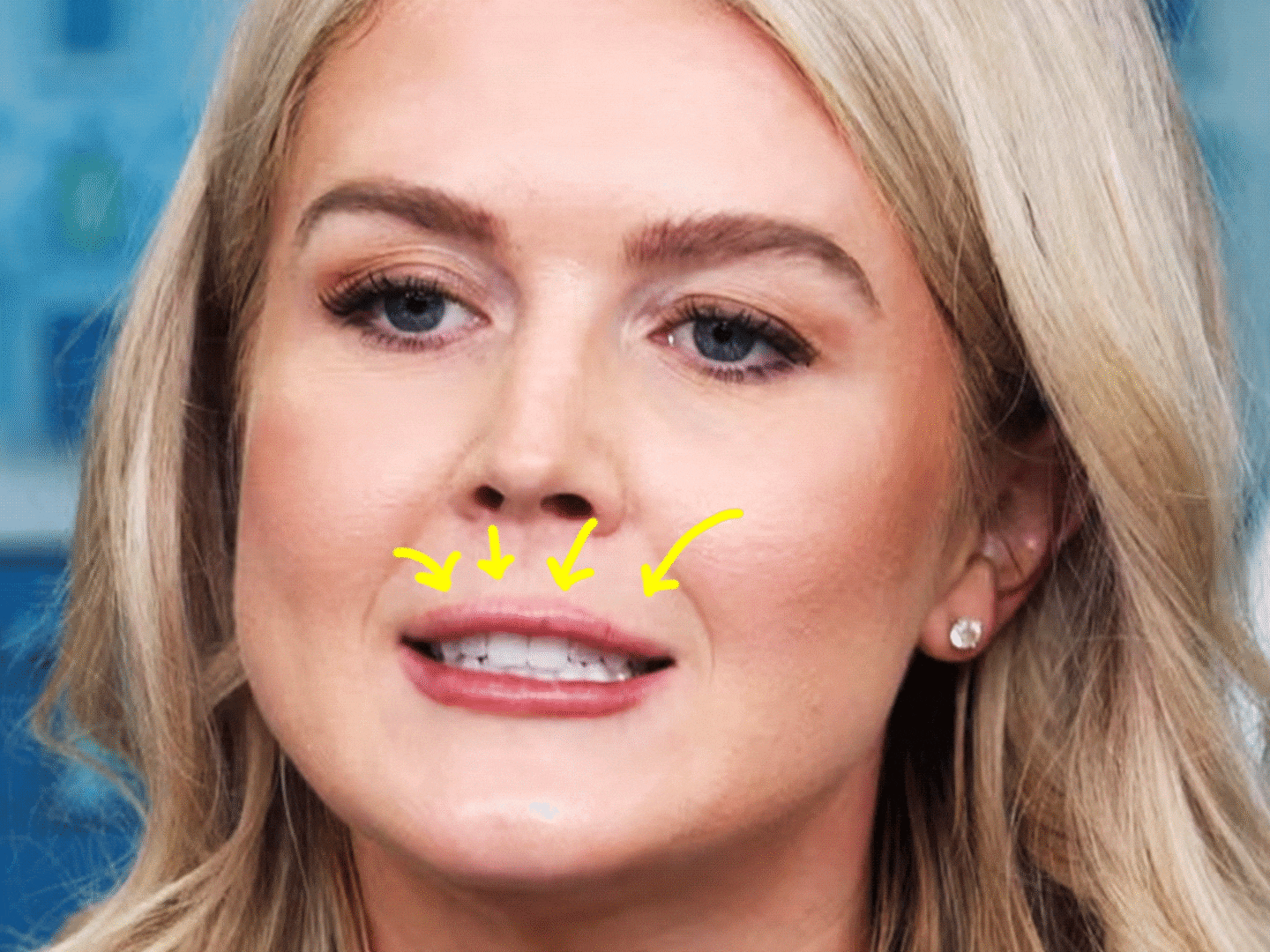
The survival of New York Times reporter David Rohde is a happy ending within a disturbing trend that has become part of journalism in the 21st century: the assault and targeted assassination of journalists from the Philippines to Oakland, Calif., and Iran—where 24, including a Newsweek correspondent, have been arrested in the last week.
But David’s kidnappers, who held him for seven months, are still out on the streets—or in the mountains, in this case—a reminder that assailants are getting away with crimes against journalists.
In 2002, Wall Street Journal editors and Dow Jones officials chose to publicize Danny’s kidnapping. Media outlets learned from Danny’s fate.
After I learned David had been kidnapped, in November 2008, I sent him an email with the subject line “prayers to you,” just as I had done when my friend and colleague, Wall Street Journal reporter Daniel Pearl, was taken in 2002. I closed the message to David on a hopeful note: “Please, be well.” I volunteered my assistance to an editor and friend at The New York Times, and I set a Google Alert to his name. But no stories about his kidnapping popped up. The media was respecting a decision by The New York Times and the Rohde family’s kidnapping specialists not to publicize the news, on the premise that a kidnapping target’s value only increases with attention.
I understood—and I agreed. In 2002, Wall Street Journal editors and Dow Jones officials chose to publicize Danny’s kidnapping with interviews on Larry King Live and regular headline alerts on CNN.
Behind the scenes, some Pakistani investigators, FBI kidnapping specialists, and Wall Street Journal staffers didn’t agree with the strategy, with one arguing: “Get Danny’s face off TV!” Humanizing Danny was a gamble that would have been seen as brilliant if he had come out alive. Alas, he didn’t. No one is to blame. We all just do the best we know how to do at the time.
But media outlets learned from Danny’s fate. The Christian Science Monitor chose to keep a low profile in 2006, after journalist Jill Carroll was kidnapped in Iraq. I know that was the strategy this year, after the arrest of Roxana Saberi in Iran and Laura Ling and Euna Lee in North Korea. Roxana was freed. I hope for the same outcome for Laura and Euna.
To be sure, media outlets still go public. On Sunday evening, Newsweek—apparently operating under the assumption that the Iranian authorities aren’t seeking money or prisoner swaps but to silence the journalists— published an article on its Web site openly calling for the immediate release of its detained journalist, Maziar Bahari.
This weekend, I held my breath as I opened an email with the subject line “Good news—David Rohde escaped unharmed :).” Speed reading, I raced through the details of Rohde’s journey to freedom. I exhaled and sent him an email to read someday, many days from now: “Hallelujah, David. Hallelujah.”
Seven years ago, Danny met a very different fate when he was kidnapped in Karachi, Pakistan. We never got the call that David’s family and friends did. Instead, a Pakistani cop came to my rented home in Karachi and told Danny’s wife, Mariane, “I’m sorry I couldn’t bring your Danny home.”
According to an “ Impunity Index” compiled by the Committee to Protect Journalists, a New York-based organization, 523 journalists were murdered between 1992 and 2008, and of those murders, the criminals got away with it in almost nine of 10 cases. In just 6.5 percent, there was partial impunity.
Back in 2002, we never expected Danny to die. He and Mariane had been visiting my house in Karachi when Danny went off for an interview and was kidnapped. The worst I imagined, as we worked around the clock to find him, was a long captivity.
Into the fifth week of our search, I turned to Mariane and said, “We have to be prepared that Danny might become another Terry Anderson.” (In 1985, Anderson, an Associated Press reporter, was kidnapped in Lebanon and wasn’t released until 1991.)
But at that moment in 2002, across town in the lobby of the Karachi Sheraton, a Pakistani man was delivering a video documenting Danny’s murder to an undercover FBI agent.
David’s kidnapping gave me flashbacks. I had first spoken to him in the summer of 2002. Ironically, he called Mariane and me to see if it would be safe for him to take a posting in Pakistan. Over the years, after taking the job, he graciously helped me as I continued to investigate Danny’s murder. Ironically, in my last email to him, I asked him about the security situation in Pakistan, for a reporting trip I planned there. I didn’t get an answer.
Instead, I got the news of David’s kidnapping via text message in November 2008, when a friend wrote: “Did you hear about David Rohde?” Oh, no, I thought. “What?” I got the shocking answer: He had been kidnapped, possibly by the network of Sirajuddin Haqqani, son of the notorious Taliban-affiliated leader Jalaluddin Haqqani.
I was praying the strategy that worked for Jill Carroll and Roxana Saberi would work in David’s case, too. Over the months, I got a few updates: signs that David was alive, negotiations, the possibility that he was being used as a human shield against drone attacks, and hope.
A little over a week ago at the Baltimore Marriott, I thought about David as I spoke at the annual conference of Investigative Reporters and Editors. Our session title: “Fighting Back After Journalists Are Killed.”
I was glad, I told the attendees, that that session’s theme was fighting back. Our weapons aren’t guns, but pens and the pursuit of truth. If we are to send a clear message that assailants can’t get away with murdering journalists, it’s critical that we pursue the truth of every attack.
Beside me sat Joel Simon, executive director of the Committee to Protect Journalists. And beside him sat Robert Rosenthal, executive director of the Center for Investigative Reporting and a leader in the Chauncey Bailey Project, an investigation into the murder of Oakland reporter Chauncey Bailey in 2007.
In the audience were only eight people. It could have been disheartening, but it only takes three people, feminist leader Eleanor Smeal once said, to launch a revolution: one to staple, one to fold, one to email. For us, it only takes a band of folks committed to standing up for the right of journalists to do their work without targets on their backs. We don’t have to have masses. We need people with heart.
And in this small crowd, I knew there was heart of the kind embodied by Danny and David—and the kind we need to fight back against attacks on journalists. Among the attendees were three tireless Georgetown University student members of the Pearl Project, a Center for Public Integrity investigation that we started two years ago at Georgetown to investigate Danny’s murder.
Another was a professional journalist who has helped students in the Pearl Project. Yet another was a member of the Chauncey Bailey Project. Two were there to figure out how to fight back. And the final attendee was Jill Abramson—Danny’s friend and editor at The Wall Street Journal and David’s erstwhile boss at The New York Times. In the summer of 2002, she had said to me, “We need an Arizona Project for Danny,” referring to the project run in the 1970s to investigate the murder of a journalist, Don Bolles, in Arizona.
I looked at Jill and remembered Danny, as well as David, who selflessly reported in Pakistan for the Pearl Project in the years after Danny’s death, without need for glory or credit. I sent a prayer to the heavens for David’s safe return: “Danny, please look after him.”
Now that David is free, let’s commit ourselves to standing strong for journalists, investigating deaths, and protesting intimidation, kidnappings, and assault.
Meanwhile, David: Welcome home. Hallelujah. I just wish Danny were around to write about it.
Asra Q. Nomani is the author of Standing Alone: An American Woman’s Struggle for the Soul of Islam . She is co-director of the Pearl Project, an investigation into the murder of Wall Street Journal reporter Daniel Pearl. Her activism for women’s rights at her mosque in West Virginia is the subject of a PBS documentary, The Mosque in Morgantown.
